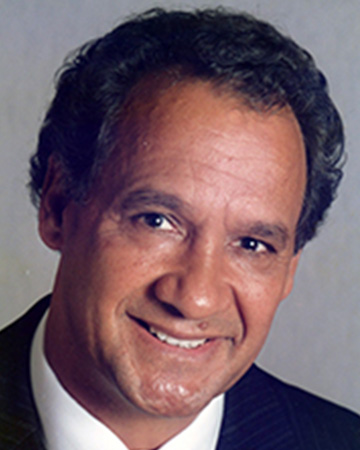Water flow measuring device a likely export winner
A new device developed in Perth to measure water flow is set to create new jobs and reap millions of dollars annually when it comes into mass production.
Water Resources Minister Ernie Bridge said scientists from the University of Western Australia's Centre for Water Research achieved their success when working on a project proposed and part-funded by the Water Authority and the Main Roads Department.
"They were able to develop a device which can measure water flow far more cheaply and efficiently than any alternative product, opening the door to major export and domestic market opportunities," Mr Bridge said.
"With the help of local electronics company, Nautronix, the team tested a prototype with a number of Government authorities around Australia. The end result is a unique partnership between Government, academia, and industry to address a costly problem affecting environmental management."
Mr Bridge today witnessed the signing of an agreement between the UWA and Nautronix to commercialise and further develop the device for mass production.
Called an acoustic doppler current meter, it uses sonar to provide an automatic measurement of water depth and velocity in rivers, streams, sewers, and drainage systems.
The information is vital for efficient environmental management but normally very costly to obtain.
An imported device currently available to do the job costs $50,000, while the Perth device was expected to sell for around $5,000, a tenth of the cost of its foreign competitor.
Mr Bridge said the Government had asked the Centre for Water Research to look for a cheaper method of measuring water flow, and while the real breakthrough was in the electronics which controlled the device, there was an important lesson in seeing the stimulus Government could give to the development of new products.
"It is easy for Government purchasing officers to tailor requirements to what is commercially available, but in this case the Water Authority decided it was not satisfied with what was on offer and went to the university for help," he said.
"The fact that the Authority was able to identify a need for a product and then see it through development means we have ended up with a device that will be built to international standards and could sell anywhere in the world."
He said market research suggested there would be a world-wide demand for about 5,000 units a year.



